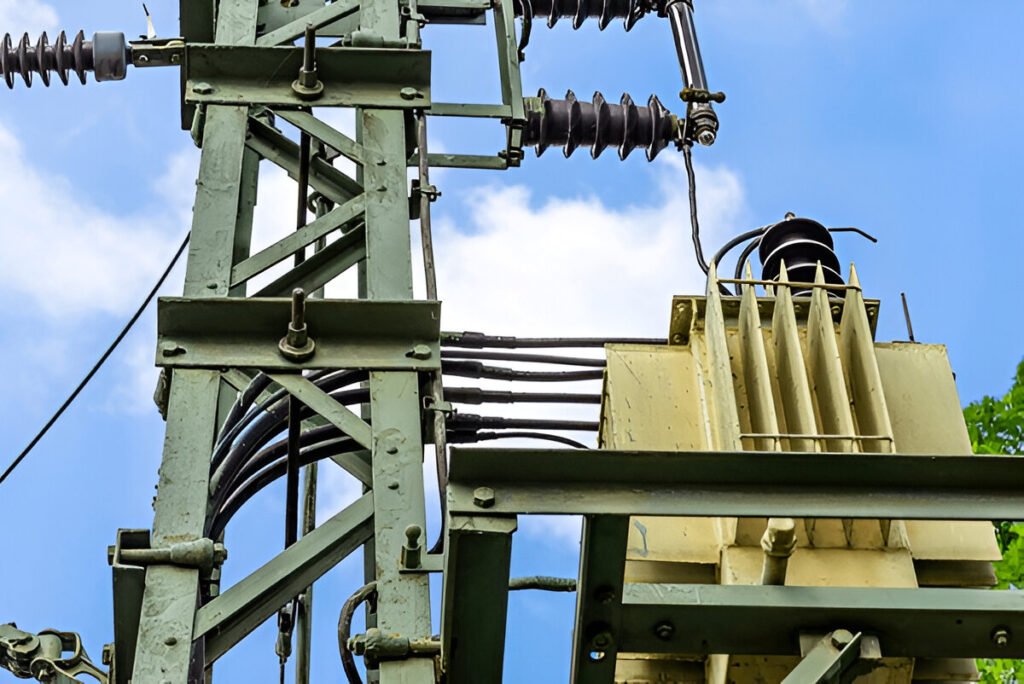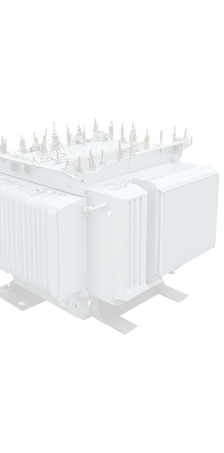When working with Used Power Transformers, one of the most critical steps after rewinding is the proper reassembly of the core. The way the core is reassembled directly affects transformer performance, efficiency, and longevity. If done incorrectly, it can lead to overheating, increased noise, and power loss. This blog outlines the best practices to follow during core reassembly to ensure that your transformer functions like new—maybe even better.
Why Core Reassembly Matters in Used Power Transformers
Rewinding is only half the job. A transformer core must be realigned and secured with precision, especially in used transformers that have already endured mechanical and thermal stress. Proper reassembly reduces flux leakage, eliminates vibration, and restores full magnetic efficiency. Many transformer failures trace back not to poor winding, but to sloppy core assembly.
If you’re planning to buy used transformers, or already own one that’s been rewound, knowing what to check after core reassembly can help prevent future headaches.
Inspection Before Assembly
Before reassembling the core, always:
- Clean all core laminations: Use lint-free cloths to remove any remaining oil, carbon deposits, or debris.
- Inspect for lamination damage: Even a small dent or misalignment in laminations can affect performance.
- Check for warping: This is common in surplus transformers that have seen heavy use or prolonged storage.
If you’re working with a unit sourced from a transformer company, ask them whether the core has been pre-inspected and whether realignment is included in their rewinding service.
Re-Staggering Laminations
The staggering of laminations reduces eddy currents and ensures smoother flux flow. Follow these tips:
- Alternate the E and I laminations in overlapping patterns.
- Match the original staggering pattern of the transformer as closely as possible.
- Use a micrometer to ensure that each core section has the same thickness throughout.
For rewound Used Power Transformers, consistency in lamination placement is just as important as the quality of the copper windings.
Proper Clamping Techniques
After the laminations are stacked, the core needs to be clamped securely. However, over-tightening can damage insulation, and under-tightening can cause vibrations. Here’s what to do:
- Use calibrated torque wrenches.
- Follow OEM specifications or refer to the transformer’s original datasheet.
- Inspect all bolts and clamps for rust or wear—especially in units labeled as used transformers for sale near me.
A tight core improves magnetic performance and extends transformer lifespan.
Aligning the Core with Windings
Sometimes during rewinding, the coil may shift slightly. Before final clamping:
- Ensure the core leg slides cleanly through the windings.
- Avoid forcing the core through if resistance is felt; inspect the winding alignment.
- Center the core accurately to avoid flux leakage or coil damage.
Professionals who sell used transformers often perform a secondary alignment check using infrared imaging to detect any flux imbalances.
Reinsulating Key Sections
Even though rewinding focuses on the coils, you must reinsulate some parts of the core during reassembly:
- Reinsert insulation sheets between laminations if they were present.
- Use high-temperature, oil-resistant insulation materials for wrapping.
- Pay special attention to the yoke and limb junctions.
For added peace of mind, especially with older units, consider a partial re-insulation of the clamping sections as part of your transformer services package.
Core Grounding
Never skip core grounding, especially in used power transformers. Without it, stray voltage buildup can cause dielectric failure. Best practices include:
- Use copper grounding straps.
- Secure connections using serrated washers.
- Test the continuity to the tank ground using a megohmmeter.
Neglecting proper grounding is a safety hazard and can ruin a perfectly rewound unit.
Final Assembly Checks
Before oil filling and tank closure:
- Check lamination stack height against original specs.
- Confirm torquing values for clamps and bolts.
- Ensure winding clearance is as per design.
- Conduct insulation resistance tests and turn ratio tests.
If you’re dealing with used transformers from vendors who we buy transformers or refurbish them, always ask for post-assembly testing data
Post-Reassembly Testing
Once reassembled, test the transformer thoroughly before putting it back into service:
- Core loss test: Ensures the magnetic path is efficient.
- Excitation current test: Confirms the core is magnetically balanced.
- Noise level test: Helps detect loose laminations or insufficient clamping.
You may also consider oil testing if the transformer has been in use previously or sat idle for long periods.
Conclusion
Reassembling the core in Used Power Transformers after rewinding isn’t just about putting it back together—it’s a precision task that directly affects the reliability and efficiency of the unit. From cleaning laminations to careful clamping and grounding, every step matters. Following these best practices will ensure your transformer runs smoothly and has a long service life.
Whether you’re planning to sell transformer after servicing or reinstall it for industrial use, always prioritize correct core reassembly to avoid costly failures down the road.



